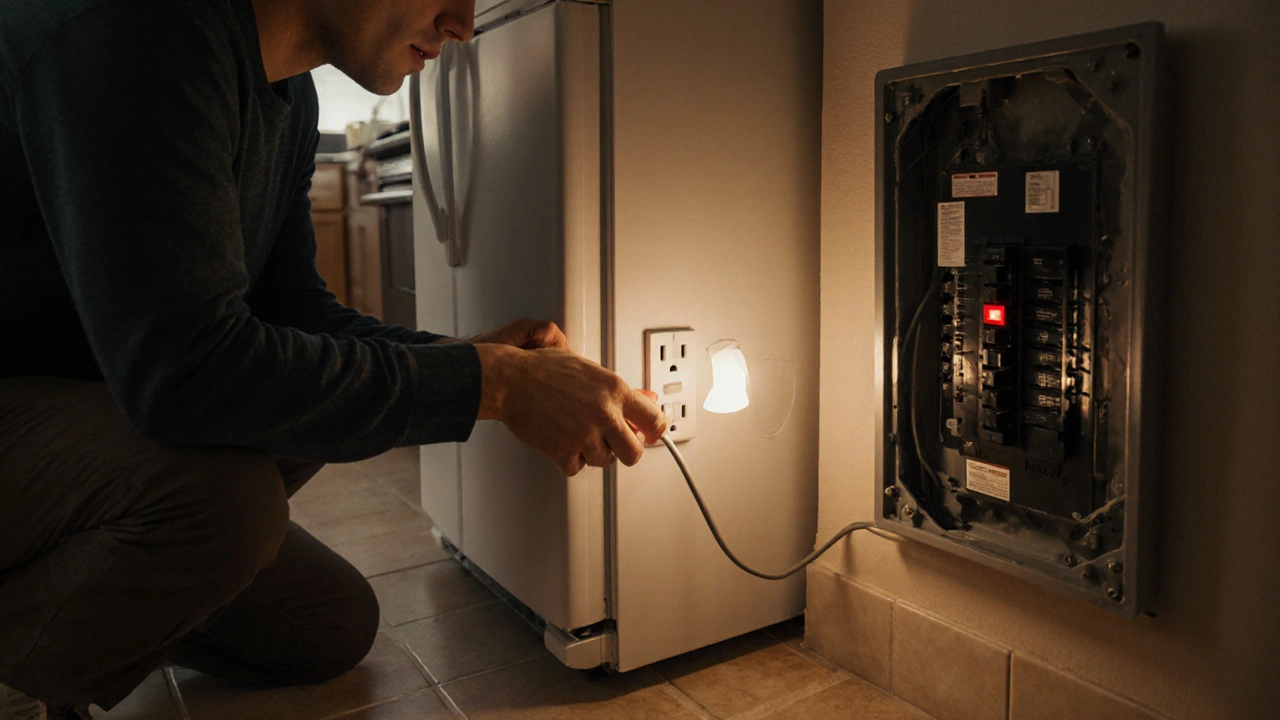Power Supply Check: Keep Your Appliances Running Smoothly
When working with Power Supply Check, a systematic test of the voltage and current feeding an appliance. Also known as mains voltage verification, it helps spot wiring faults, overloaded circuits, or failing components before they cause a breakdown. Power supply check encompasses three core ideas: confirm that the outlet delivers the correct voltage, verify that the appliance draws the intended current, and ensure that safety devices like fuses or circuit breakers are intact. In practice, electrical safety influences the outcome of every test because a loose connection or a damaged cord can give false readings. Most homeowners overlook this step, yet a simple voltage tester can reveal problems that would otherwise lead to costly repairs or even fire hazards.
Why a Power Supply Check Matters and How to Do It
First, grab a reliable voltage tester—a digital multimeter works best for both AC and DC measurements. Set the meter to the appropriate range, plug the appliance into a known‑good outlet, and compare the reading to the rating on the appliance’s nameplate. If the voltage deviates by more than 5%, you’ve likely got a faulty circuit or a problem with the power cord. Next, inspect the cord for cracks, exposed wires, or loose plugs; a damaged cord can cause intermittent supply and spark safety alarms. Finally, locate the home’s circuit breaker or fuse that protects the outlet. Flip the breaker off, wait a few seconds, then turn it back on while watching the tester; the supply should stabilize quickly. These three steps—measure, inspect, reset—form a simple checklist that even beginners can follow without calling an electrician. Remember, always turn off the appliance before probing any terminals, and never touch live wires with bare hands. If the meter reads zero or fluctuates wildly, the problem is likely internal and warrants professional repair.
Understanding how a power supply check fits into broader appliance maintenance helps you plan future fixes. For example, a refrigerator that constantly cycles may be suffering from low voltage, while a dishwasher that won’t start could have a tripped breaker. By mastering voltage testing, you’ll be able to differentiate between a genuine component failure and a simple supply issue, saving time and money. Below you’ll find a collection of hands‑on guides that walk you through everything from basic outlet checks to full‑scale diagnostics for specific appliances. Dive in, grab your tester, and start catching power problems before they become emergencies.






